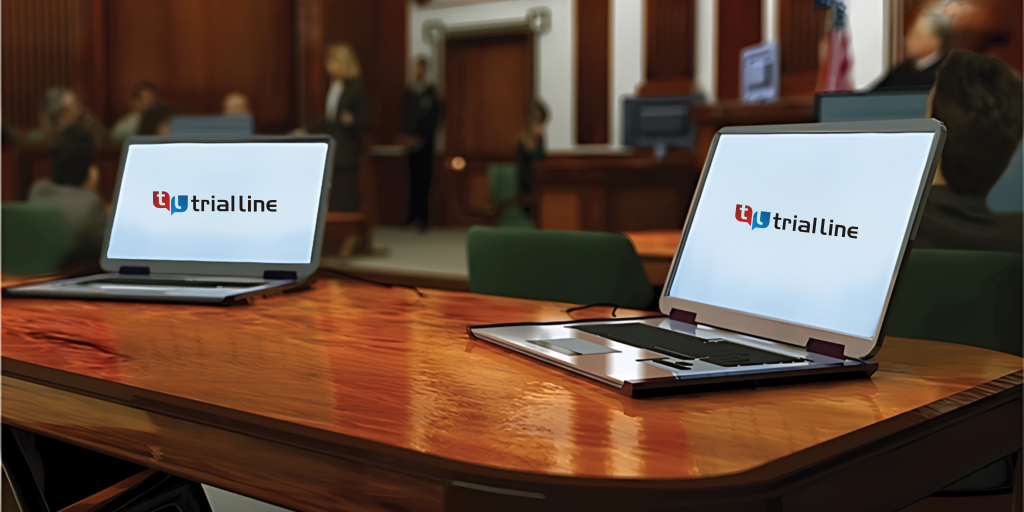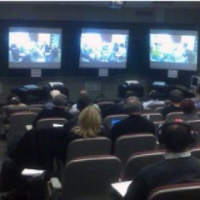How Trial Presentations Help Attorneys Effectively Communicate Legal Arguments
How Trial Presentations Help Attorneys Effectively Communicate Legal Arguments
Blog Article
Why Strong Test Presentations Are Secret to Lawful Success
The relevance of strong test discussions can not be overstated in the world of lawful method. These presentations function as the key lorry for communicating debates and evidence, essentially forming juror understandings and influencing their decision-making processes. A well-crafted narrative, enhanced by critical aesthetic aids and psychological engagement, promotes an extensive link with jurors, eventually affecting their understanding of the instance. Nonetheless, the nuances of efficiently adjusting these discussions to varied juror backgrounds present intricacies that merit more exploration, especially in the context of attaining desirable end results in trials.
Importance of Reliable Interaction
Efficient interaction is critical in a legal setup, as it acts as the conduit through which disagreements, evidence, and legal concepts are communicated to courts and juries. trial presentations. Clear articulation of facts and legal criteria permits for a persuasive presentation that can considerably influence the decision-making process.
Additionally, effective communication cultivates connection and trust between lawyers and their clients, improving collaboration and ensuring that all events are aligned in their objectives. It also plays a critical function in court choice and engagement, where the capability to attach with jurors can influence their receptiveness to the situation. Furthermore, non-verbal communication, such as body language and eye call, adds to the overall perception an attorney makes, enhancing verbal messages.
Inevitably, understanding efficient communication can cause a more compelling and systematic presentation, raising the likelihood of a desirable decision. Therefore, attorneys must prioritize honing their interaction abilities as a foundation of their trial preparation and strategy.

Crafting an Engaging Narrative
Effective interaction prepares for crafting a compelling story in legal trials. A well-structured story not only involves the jury but likewise clears up complicated lawful problems. The goal is to present the truths in such a way that reverberates emotionally and realistically with the audience, enabling them to recognize the case from the client's viewpoint.
To attain this, lawyers must recognize the main motif or message of the case, which acts as the foundation of the narrative. Each piece of proof and witness statement should be woven right into this motif, reinforcing it instead of interfering with it. This develops a cohesive storyline that is very easy for the jury to adhere to.
Furthermore, the use of relatable personalities-- be it the plaintiff, accused, or key witnesses-- can humanize the instance, making it more memorable. Lawyers need to also think about the pacing of their narrative, making certain that defining moments are highlighted and that the tale unfolds in a sensible development.
Eventually, a compelling story changes the presentation of realities into a convincing disagreement, assisting the court toward a positive final thought while making certain that the intricacies of the lawful system stay accessible and look at this site easy to understand.
Utilizing Aesthetic Aids
Aesthetic help play a vital function in enhancing the comprehension and retention of info during lawful tests. By presenting intricate information and arguments visually, lawyers can simplify detailed information, making them much more easily accessible to jurors. Graphes, charts, and images can efficiently illustrate bottom lines, enabling jurors to realize necessary facts quickly.
Using aesthetic help not just aids in clarity yet also engages the audience's attention. Jurors are more probable to keep in mind information offered visually than with verbal descriptions alone. Demonstrating timelines via visual depictions can clarify the series of occasions, assisting jurors comprehend the context of the case.
In addition, visual help can assist to highlight differences in evidence, making them more noticable. When made use of purposefully, they can emphasize the stamina of the disagreement or this contact form subject weaknesses in the rival side's case. trial presentations. The usage of technology, such as interactive presentations or computer animations, can further enhance interaction and understanding
Engaging the Court Mentally
Frequently, effective test discussions call for more than just rational arguments and accurate proof; they should also reverberate on a psychological degree with jurors. Involving the jury mentally can dramatically influence their perception of the case and their ultimate verdict. By crafting a story that humanizes the events included, attorneys can create a psychological link that motivates jurors to empathize with the clients' experiences.
To attain this, legal representatives must focus on storytelling strategies that highlight the individual stakes and real-life implications of the instance. This might include sharing poignant stories or using powerful visuals that stimulate feelings of compassion, temper, or unhappiness. Such elements view can aid jurors see beyond the legal intricacies and comprehend the human measurements of the scenario.
Additionally, the usage of tone, body language, and eye get in touch with throughout the presentation can additionally boost emotional involvement. Hence, emotional interaction is an essential component of an engaging trial discussion.
Adapting to Target Market Assumptions
Understanding the expectations of the court is essential for a successful test discussion. Jurors come with preconceived concepts affected by personal experiences and societal narratives, which can substantially influence their decision-making. Tailoring your discussion to line up with these assumptions can boost your persuasive power.

Moreover, developing credibility is vital. Jurors anticipate attorneys to present proof and debates that are not only compelling however additionally ethically sound - trial presentations. This includes being clear concerning the strengths and weaknesses of your situation, which cultivates trust and respect
Last but not least, prepare for jurors' inquiries and problems. Addressing potential doubts proactively shows an understanding of their viewpoint and a dedication to quality. By adjusting your discussion to satisfy target market expectations, you create a more compelling story, inevitably boosting the opportunities of a positive decision.

Conclusion
Finally, solid test presentations are paramount to attaining lawful success. Efficient communication, an engaging story, tactical use of aesthetic aids, emotional involvement with the jury, and adaptation to target market expectations collectively boost juror understanding and retention of important info. These elements not just establish the credibility of the here and now celebration but likewise considerably affect juror understandings and decision-making. Grasping the art of test presentation is crucial for legal experts aiming to safeguard beneficial end results.
Report this page